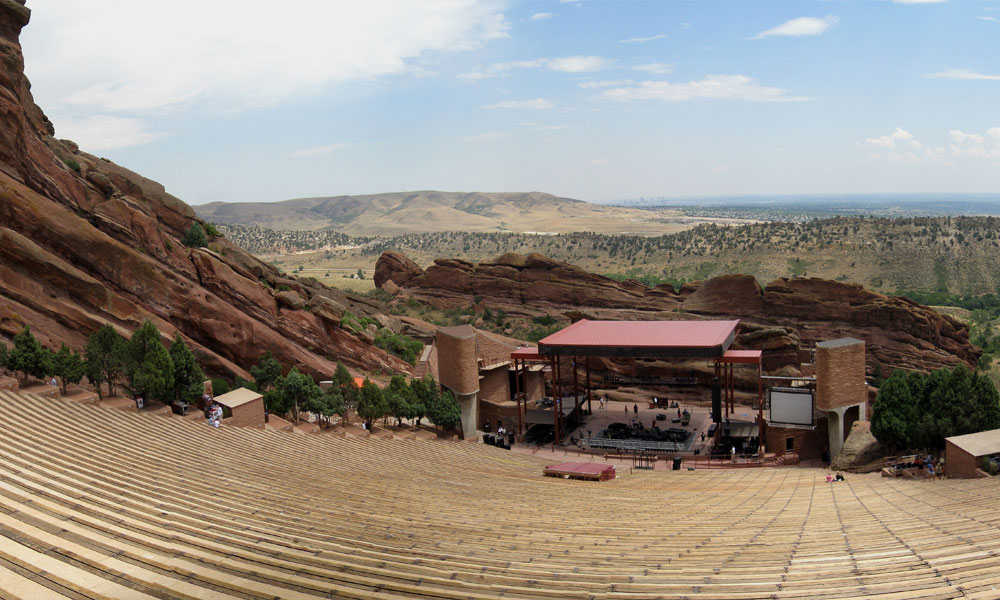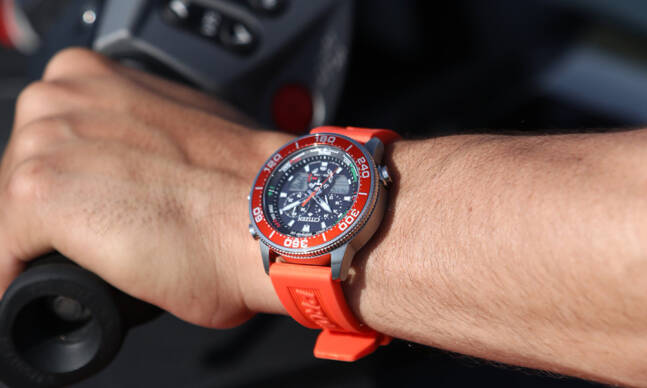Whether you realize it or not, something happens when we exchange the intangibility of studio recorded music played across Spotify stations for a live concert. A live concert is more of an experience. It’s a brief moment in time that’ll never be experienced or expressed in the exact same way, and watching as the musical notes we’ve idolized privately in our bedrooms and offices for however long come to life in ways we never thought possible.
Of course, you have to play the music somewhere and venues are not created equal. They’re distinct for different reasons. Maybe it’s the acoustics. Or the way the chandeliers hang from the ceiling. Or the smell of the stale beer. Or all the decades-old posters on the wall. It all contributes to the feeling you get when you’re able to physically reach out and grab the history of it all. Here are the 10 best concert venues in the country.
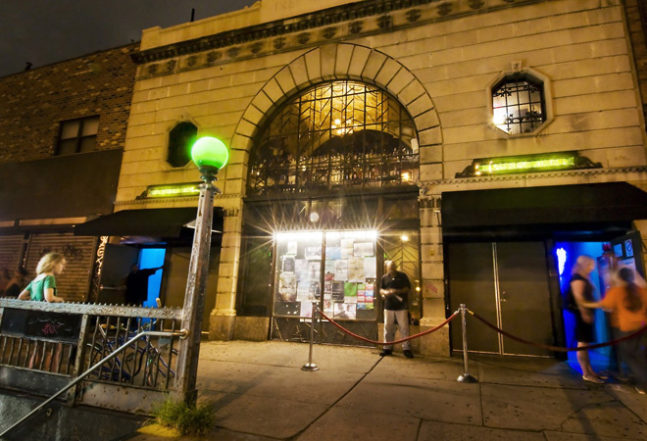
Bowery Ballroom—New York, NY
Unlike a lot of other New York City rock and roll venues, the Bowery Ballroom isn’t yet an institution. It was only opened in 1998, and though it won’t ever replace spots like CBGB, the Fillmore East, or the Palladium, it is considered the best venue in New York City today. The best of the best all over the world flock to play the Bowery when they come to New York, and its stage has been graced by a ton of people, including Kanye West, Joan Baez, Green Day, and everyone in between. It’s only a 550-person venue, but somehow feels very large, and has consistently excellent sound, acoustics, and lighting. Link

Irving Plaza—New York, NY
Another rock and roll institution, Irving Plaza was built in 1860, but didn’t become a music venue until the 1970s. It hosted bands like The Ramones and The Talking Heads in their prime, as well as artists like Jay Z and Paul McCartney. The venue itself is historic and gorgeous, and anyone who has been there can remember the brilliant lighting and sound, coupled with the balconies wrapping around against the wall. It’s crazy to think about it when you see photos, but Irving Plaza may be nearly as important to New York City’s live music scene as CBGB was. Link

Webster Hall—New York, NY
Are there three NYC venues on our list? Yes, yes there are. But what can we say? New York City is arguably Mecca for live music fans, and the city’s venues are simply spectacular. Webster Hall, for instance, has been around since the late 19th Century, where it was, as you’d expect, a massive and elegant ballroom. However, as the times changed and the neighborhood evolved into the East Village, it eventually became a concert venue, and that concert venue eventually became legendary enough to host some of the biggest bands and artists from all over the world. Link

The Fillmore—San Francisco, CA
You’ll find Fillmores throughout the country in cities like Denver, Philadelphia, Detroit, and even Miami Beach, but the real Fillmore is in San Francisco. This historic venue practically shaped the city’s music scene in the later half of the 1960s, and served as a sounding board for everyone who was anyone in rock and roll—including The Grateful Dead (who played there a total of 51 times from ’65 to ’69!), The Velvet Underground, Creedence Clearwater Revival, The Who, Led Zeppelin, Miles Davis, Otis Redding, The Doors, Jimi Hendrix Experience, Frank Zappa, The Smashing Pumpkins, Primus, and an unimaginable amount of others. The venue is still alive and kicking today, and still hosts shows regularly. Link

Red Rocks Amphitheatre—Golden, CO
First, let us just say that there’s something very special in the air in Colorado—and it’s not the weed smoke. If you’re not familiar with the lay of our country, you should at least know that Colorado is easily one of the most picturesque states in the union. That said, what makes Red Rocks Amphitheatre different than most other concert venues in the world is that it’s an outdoor amphitheater built into and around the Red Rocks in Golden, Colorado. The amphitheatre is actually owned and operated by the City and County of Denver, and is actually considered part of the Denver Mountain Parks system. The natural acoustics are considered some of the best in the world, and the surrounding natural scenery is absolutely spectacular. If it’s not on your bucket list, it should be. Link
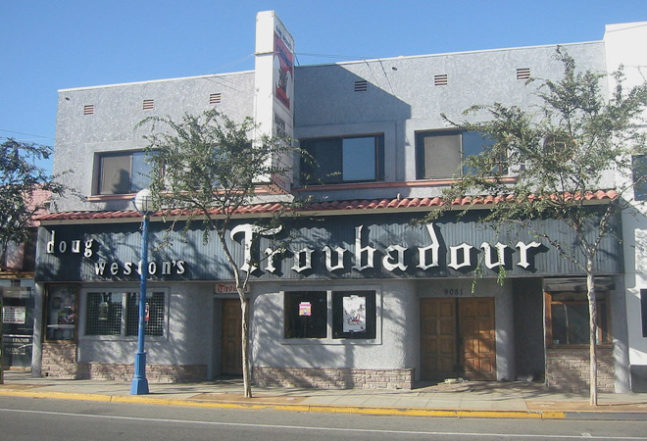
The Troubadour—Los Angeles, CA.
The Troubadour—or “The Troub”—is one of the most legendary rock and roll venues of all time, and that’s probably an understatement. We’d liken it to the CBGB of the West Coast. Not only was it the landing pad of LA’s massive ‘60s rock and roll boom, but it was also an institution during the ‘80s glam-rock and metal scenes. Everyone from Jim Morrison and Axl Rose made it on The Troubadour’s stage, and greats like Miles Davis, Buffalo Springfield, the Eagles, Leonard Cohen, Arlo Guthrie, and even contemporary artists like Kelly Clarkson, Radiohead, and Rise Against have called its stage home at one point or another. Link
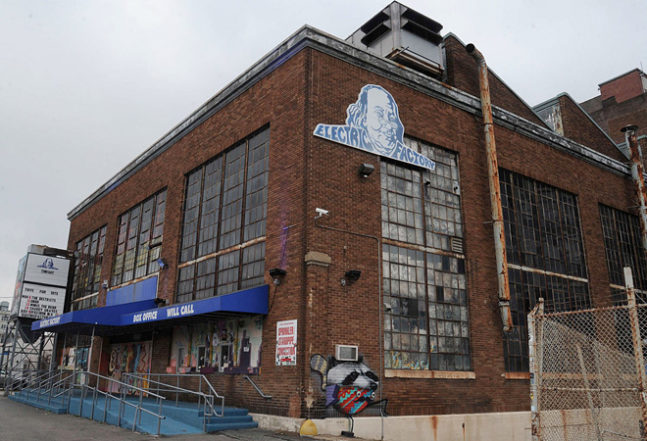
Electric Factory—Philadelphia, PA
What is there to say about the Electric Factory that hasn’t already been said? This historic music venue, located in Philly’s vibrant Northern Liberties neighborhood, was made from a converted warehouse space. Despite its massive 3,000-person maximum occupancy, the venue still maintains an incredibly intimate feel to it. It plays host to all genres of music, including rock and roll, rap, pop, country, etc., and is known for its excellent lighting and gritty beauty. In fact, Yellowcard, Underoath, Lamb of God, and the Starting Line have all recorded live concert DVDs here. Link
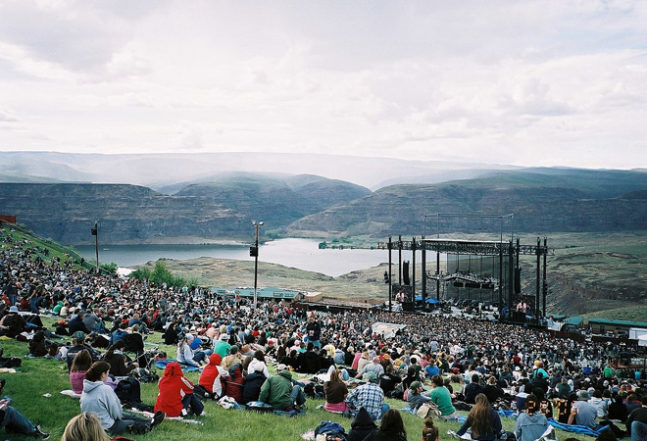
Gorge Amphitheatre—Quincy, WA
Easily one of the most scenic concert locations on the entire planet, The Gorge Amphitheatre is a 27,500-seat outdoor concert venue right off the Columbia River in George, Washington. It’s about 150 miles east of Seattle, but for the views—sweeping panoramas of the Columbia River and the Cascade Range off in the background—it’s more than worth the drive. Another cool benefit is that ticket holders are free to camp in the campground for 24 hours—or until noon the day after the show ends. It’s basically the ultimate way to experience live music, and the perfect bond between nature and art. Link

The Ryman Auditorium—Nashville, TN
Nashville’s nickname is “Music City” and we know why. The history of the Grande Ole Opry is one packed with interesting lore and color. While the original Grand ole Opry House is less than ten miles away, the Ryman Auditorium is what people really think of when they talk about the Grand Ole Opry. It was the location of the Opry from 1942 until 1974 (what many would consider the Opry’s Golden Age), and you can even take day-time tours of it if you want to get an in-depth look at the heritage and history there. Of course, they also still host a ton of shows there seven days a week, which will only enrich your experience. Link
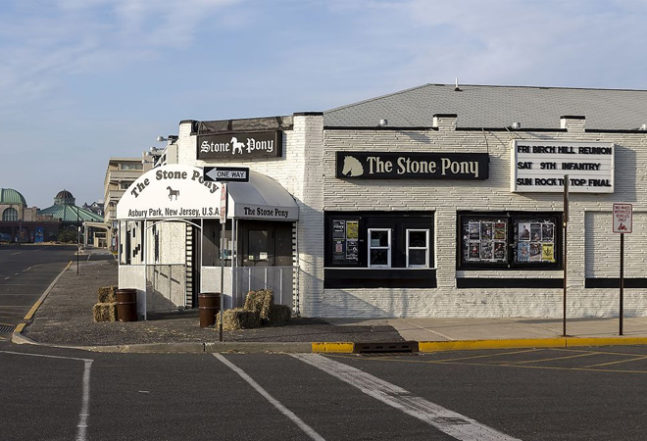
The Stone Pony—Asbury Park, NJ
Asbury Park is a tiny beach town tucked deep into the Jersey Shore’s back pocket. And while it has gotten a lot of attention over the last year or so, there’s a beacon of hope there locals have relied on for decades: The Stone Pony. People throw the word “institution” around pretty loosely (perhaps ourselves included), but The Stone Pony is the absolute real deal. It’s probably the closest thing the world still has to CBGB. Located a block from the beach, The Stone Pony is the epicenter for Jersey’s storied rock and roll scene, and is considered the place that started the careers of people like Jon Bon Jovi, Patti Scialfa, Southside Johnny and the Asbury Jukes, and, of course, the boss, Bruce Springsteen. The concert venue itself is smaller and intimate, but in the summer, they open up the “Summer Stage” in the outside lot and host massive festival-like shows all summer long. Link


